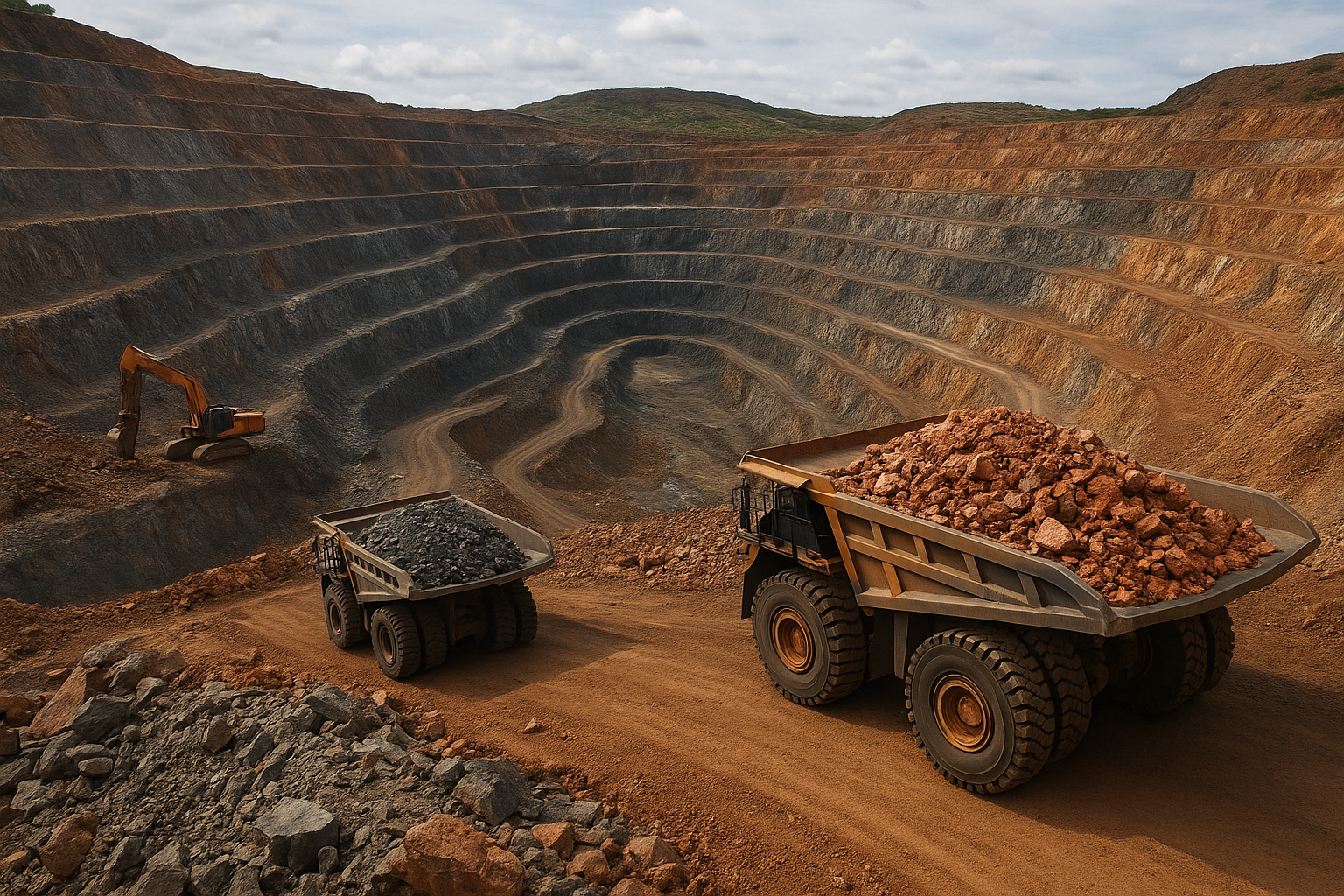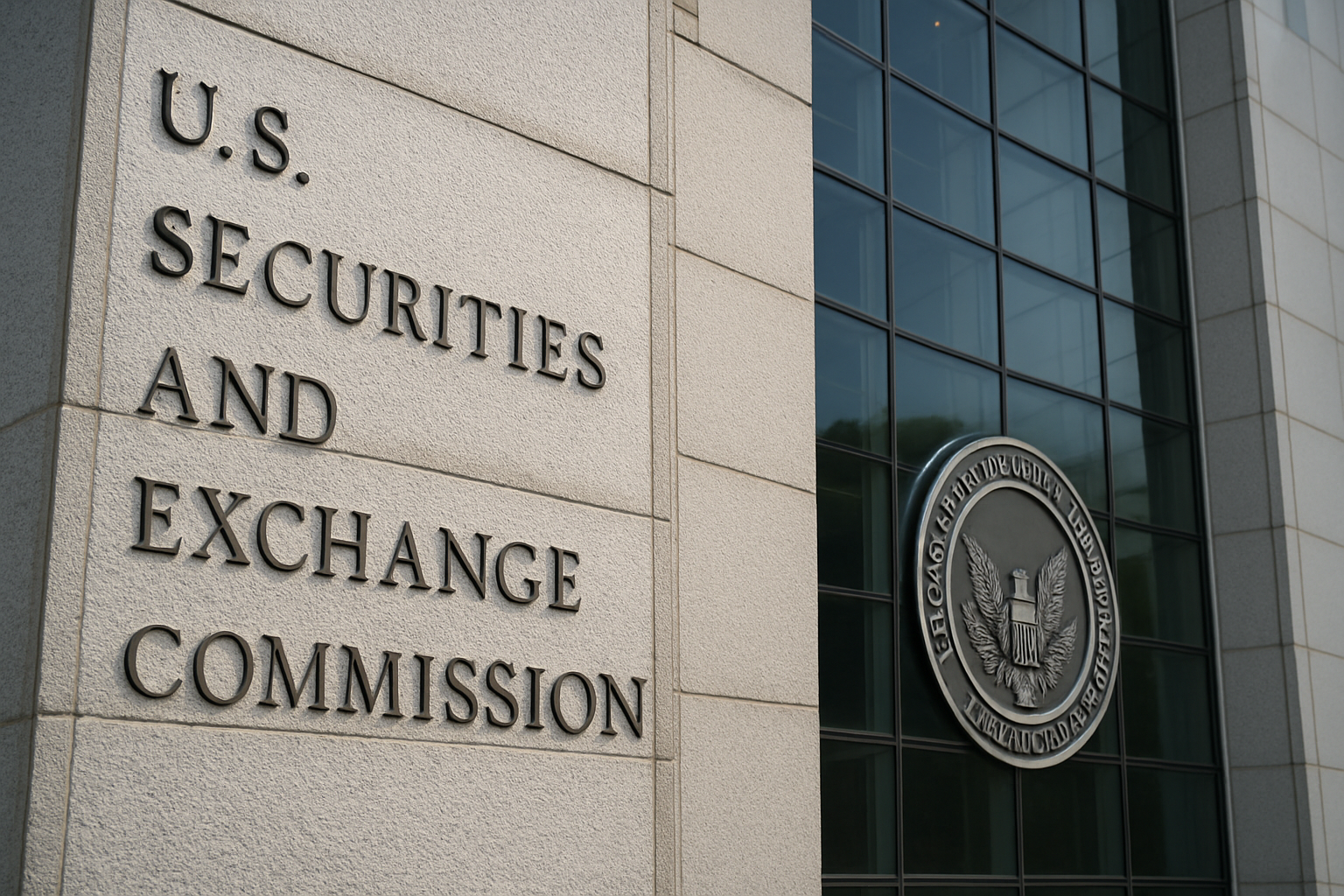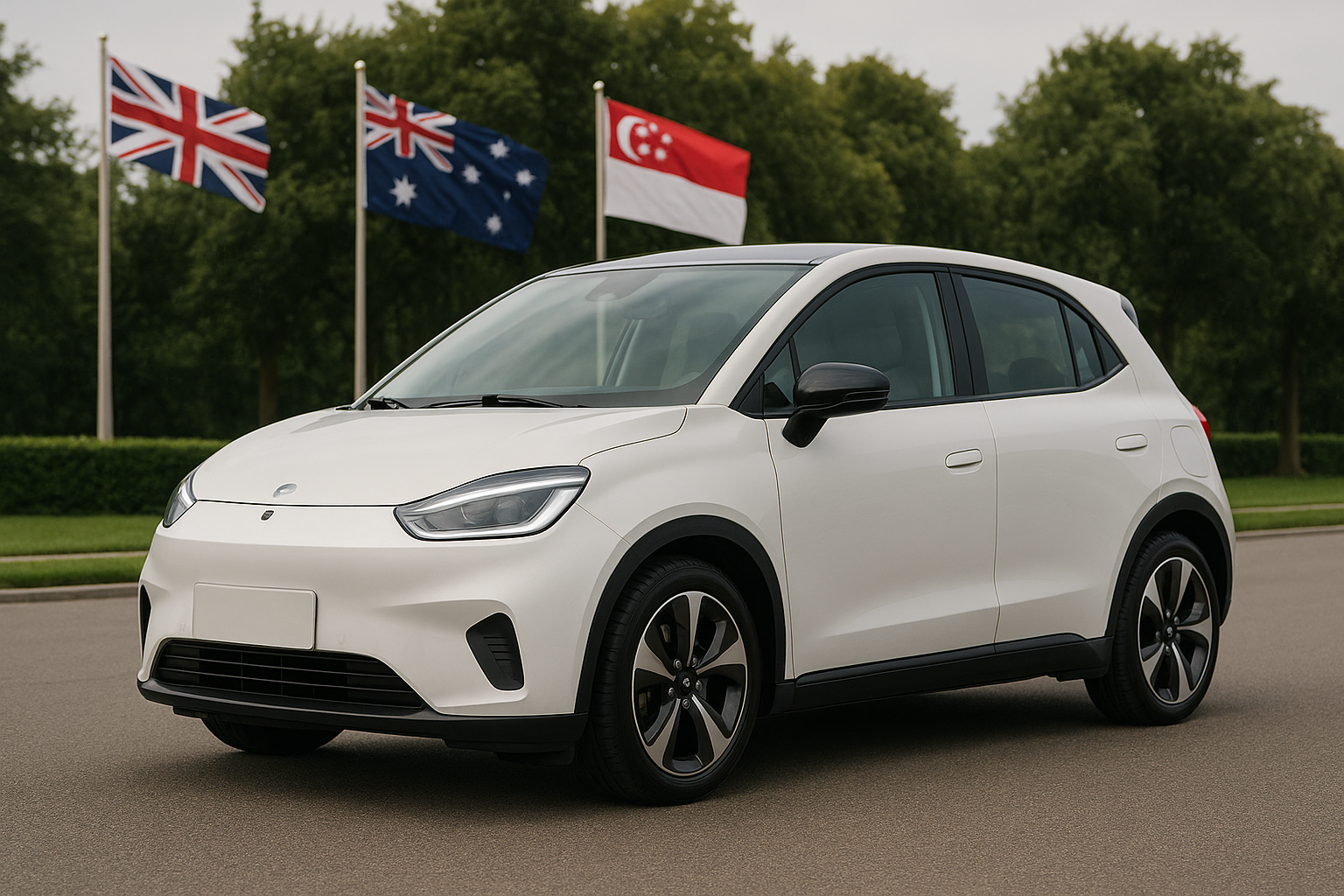Copper, often called “the metal of electrification,” is heating up again — and not just in price. The International Copper Study Group (ICSG) has revised its 2025 global mine supply growth forecast down to just 1.4%, from 2.3%, citing widespread disruptions across key producing nations. The news sent ripples through commodity markets, pushing copper prices to within reach of record highs near $10,900 per tonne on the London Metal Exchange (LME), according to Bloomberg.
For investors, the tightening supply story couldn’t come at a more critical time. With global demand rising from electric vehicles (EVs), grid modernization, and renewable infrastructure, copper’s role in the energy transition continues to intensify — setting the stage for potential price volatility and opportunity.
Global Supply Strains Reshape the Copper Outlook
The ICSG’s latest assessment, reported by Reuters, highlights a convergence of challenges facing the copper industry: declining ore grades, project delays, and operational disruptions in Chile, Peru, and the Democratic Republic of Congo — three of the world’s top copper producers. Several large mines have faced environmental protests, power shortages, or labor disputes, contributing to a slower-than-expected recovery in output.
Meanwhile, global refined copper demand remains robust. Analysts at Goldman Sachs recently reiterated that copper could enter a “structural deficit” as early as 2026, fueled by electrification and infrastructure expansion. The combination of tightening supply and steady demand suggests that prices could remain elevated, even amid broader economic uncertainty.
“Copper is increasingly trading less like an industrial metal and more like a strategic asset,” said Caroline Bain, Chief Commodities Economist at Capital Economics, in a recent client note. “We’re seeing a shift in perception as the energy transition accelerates — it’s becoming essential infrastructure rather than cyclical material.”
Why This Matters for Investors
Copper’s importance stretches far beyond mining stocks. As governments worldwide pour capital into renewable energy and EV infrastructure, demand for copper-intensive components — from wiring to charging stations — continues to climb. The International Energy Agency estimates that electric vehicles use up to four times more copper than traditional internal combustion cars, while renewable power installations such as wind turbines require several tons per megawatt of capacity.
From an investment standpoint, this creates a dual narrative: structural opportunity and cyclical risk. While the long-term fundamentals point toward sustained demand growth, short-term price swings remain tethered to global economic sentiment, particularly manufacturing trends in China and the United States.
China alone accounts for more than 50% of global copper consumption, meaning any slowdown in its industrial or property sectors could quickly dampen momentum. Conversely, fiscal support for green technology and stimulus for industrial upgrades could extend copper’s bullish cycle.
Supply Constraints Could Drive Strategic Repositioning
Miners are facing growing capital and environmental pressures. According to BloombergNEF, the average lead time for developing a new copper mine is now 12 to 16 years — a structural bottleneck that limits the industry’s ability to respond to rising demand quickly. This lag may push governments and investors to prioritize recycling and secondary copper sources, as well as investments in advanced exploration technologies.
At the corporate level, major producers like BHP, Rio Tinto, and Freeport-McMoRan have signaled renewed focus on copper as a core strategic asset. Meanwhile, mid-tier and junior miners with high-grade deposits or efficient cost structures could become attractive acquisition targets in a tightening market.
For investors, this means selective exposure to well-capitalized producers or ETFs tracking the broader metals and mining sector may offer a more balanced way to capture upside potential while managing volatility.
Key Investment Insight
The current environment underscores the classic commodities playbook: scarcity breeds opportunity. Copper’s long-term fundamentals — underpinned by decarbonization, electrification, and constrained supply growth — make it one of the more compelling themes in the industrial metals space. However, investors should remain mindful of cyclical risks tied to global growth, inflation trends, and currency fluctuations.
Allocating to quality miners with low-cost operations, diversified asset portfolios, and disciplined capital strategies can provide resilience. ETFs like the Global X Copper Miners ETF (COPX) or diversified commodity funds offer additional exposure for those seeking to participate without taking on single-stock risk.
The copper market’s renewed tightness highlights an evolving reality: the metals powering tomorrow’s clean energy systems are facing today’s supply stress. As the race to secure critical resources intensifies, investors attuned to these dynamics may find both opportunity and protection in the red metal’s enduring strength.
Stay informed on the forces shaping global markets and commodity trends at MoneyNews.Today — your trusted source for actionable investor intelligence.





